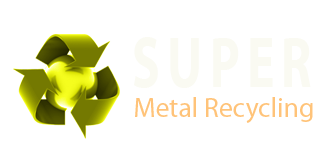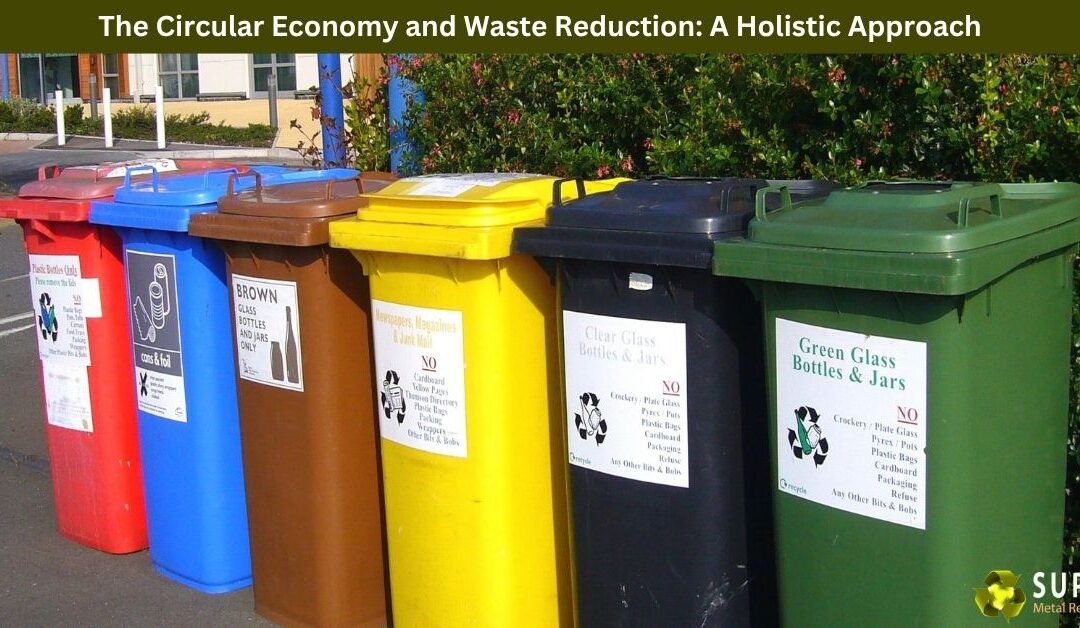When it comes to tackling waste and protecting the environment, recycling alone isn’t enough. We need a bigger picture—a complete rethink of how we use resources, design products, and deal with waste. That’s where the circular economy comes in. Unlike the traditional “take, make, dispose” model, the circular economy focuses on keeping materials in use for as long as possible. It’s about reducing waste at every stage and creating systems that benefit both the environment and the economy.
Let’s break down what this approach really means, why it matters more than ever, and how it’s shaping industries like metal recycling.
What Is the Circular Economy?
Think of the circular economy as a loop rather than a straight line. Instead of extracting raw materials, turning them into products, and throwing them away when they’re no longer needed, a circular system keeps those materials cycling through the economy.
This could mean:
- Reusing old products instead of discarding them
- Repairing instead of replacing
- Recycling materials into new items
- Redesigning products to be more durable and easier to dismantle
In short, it’s a smarter way of thinking that aims to reduce pollution, conserve resources, and build long-term sustainability.
The Role of Metal Recycling in a Circular Economy
Metal recycling is one of the best examples of the circular economy in action. Unlike materials such as plastic or paper, metals don’t degrade with each recycling cycle. That means aluminium, copper, steel, and other metals can be reused over and over again without losing quality.
Here’s how metal recycling fits into the bigger picture:
- Reduces the need for mining, which often harms ecosystems and consumes huge amounts of energy and water
- Cuts greenhouse gas emissions, since recycling uses significantly less energy than producing new metal
- Supports a closed-loop system, where end-of-life products are turned back into raw materials
For example, recycling aluminium saves up to 95% of the energy required to make it from raw ore. That’s a massive win for both the environment and businesses trying to cut costs.
A Holistic View: Beyond Recycling
While recycling is a crucial part of the circular economy, it’s not the only piece of the puzzle. A truly circular approach looks at every stage of a product’s life:
- Design: Products should be made to last and be easy to disassemble or recycle.
- Manufacturing: Use fewer virgin materials and opt for recycled content whenever possible.
- Consumption: Encourage shared, rented, or refurbished goods.
- End-of-life: Make sure waste is collected and reprocessed properly so it can re-enter the system.
Let’s take smartphones as an example. Rather than discarding them every two years, we can design phones that are easy to repair or upgrade. Once they’re no longer usable, the metals and parts inside can be harvested and reused to make new devices.
Circular Economy in Action: Real-World Examples
Around the world, businesses and governments are embracing the circular model. Here are just a few success stories:
- The City of Melbourne has implemented sustainability strategies that align with circular principles, including recycling infrastructure upgrades and resource recovery programs.
- IKEA now buys back used furniture from customers and resells it in-store, extending product life and reducing waste.
- Apple created a robot named Daisy that can disassemble iPhones and recover valuable materials, such as aluminium, cobalt, and rare earth elements.
These aren’t just feel-good stories—they’re practical strategies that reduce costs, cut waste, and create new economic opportunities.
Why Waste Reduction Matters Now More Than Ever
Australia generates millions of tonnes of waste every year. Landfills are reaching capacity, and the environmental toll of mining and manufacturing continues to rise. Waste is more than just a nuisance—it’s a missed opportunity.
By shifting to a circular mindset, we can:
- Minimise landfill use
- Conserve natural resources
- Stimulate green jobs and innovation
- Create more resilient supply chains
It’s not just about doing less harm—it’s about doing things better.
What Can Individuals and Businesses Do?
You don’t have to be a government or a multinational corporation to make a difference. Every individual and business has a role to play in the circular economy. Here are a few easy steps to start:
- Buy products made with recycled materials
- Repair rather than replace appliances and electronics
- Choose businesses that prioritise sustainable practices
- Recycle your scrap metal and other materials properly
- Educate your team or community about circular strategies
Even simple actions—like choosing metal straws over plastic ones or supporting companies that offer product repair—add up over time.
Final Word
The circular economy isn’t just a trend—it’s a necessary shift in how we approach production, consumption, and waste. By embracing this holistic model, we’re not just reducing our environmental impact—we’re building a smarter, more sustainable future.
Worth Thinking About
Every product has a life beyond its first use. In a circular economy, nothing truly goes to waste—it just finds a new purpose. Let’s keep the loop going.
If you are in Doveton, and looking for a metal recycling service, this is the best way to visit us.
Super Metal Recycling
345 Frankston – Dandenong Road, Dandenong South VIC 3175
(03) 9706 4909


Recent Comments